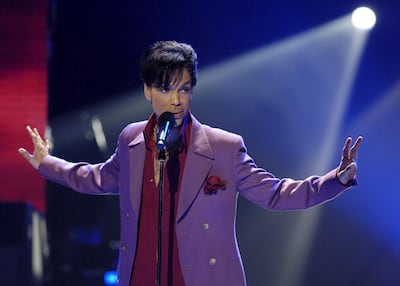Purple dye was first extracted in 1,600BC in Phoenicia, literally meaning purple land, in what is modern-day Lebanon. The dye was only found in the hypobranchial glands of marine molluscs of the Muricidae family (or in less lofty terms, the rectum of the Murex sea snail), and it required 250,000 snails to create one ounce of dye.
Centred around the southern city of Tyre (hence the name Tyrian Purple), the process was deemed so pungent that it was banished to the outer edges of the city.
Its rarity put its value on a par with gold, so it quickly became the colour of rulers – for example, when Byzantine empresses gave birth, it was in a purple chamber, while kings and emperors draped themselves in the colour. When King Ptolemy wore purple to visit the Roman Emperor Caligula in 40AD, the latter took it as an attempt to seize power, and had him killed. Likewise, Julius Caesar was so enamoured of the colour that he decreed only he could wear it, and even King Henry VIII of England viewed others wearing the “king’s colour” as high treason. This in turn gave rise to the term “to be born in the purple”, ie, of noble or royal blood.
Due to its exorbitant cost, Tyrian purple was reserved in artworks to depict saints, gods and kings, only changing in 1856, when 18-year-old chemistry student William Henry Perkin inadvertently created the first synthetic dye, when he mixed oxygen and hydrogen with coal tar in an attempt to make quinine. The dark sludge left behind, he realised, was actually a new colour, which he dubbed mauveine, since shortened to mauve. When Queen Victoria attended the Royal Exhibition of 1862 in a gown dyed mauve, it started a craze that is ongoing.
Singer Prince used it to coat his driveway, and purple is still used on runways to conjure up images of gemlike richness and decadent luxury. Case in point: Dolce & Gabbana's autumn/winter 2018 show.
____________________
Read more:
Deconstructed: The Crash Helmet


